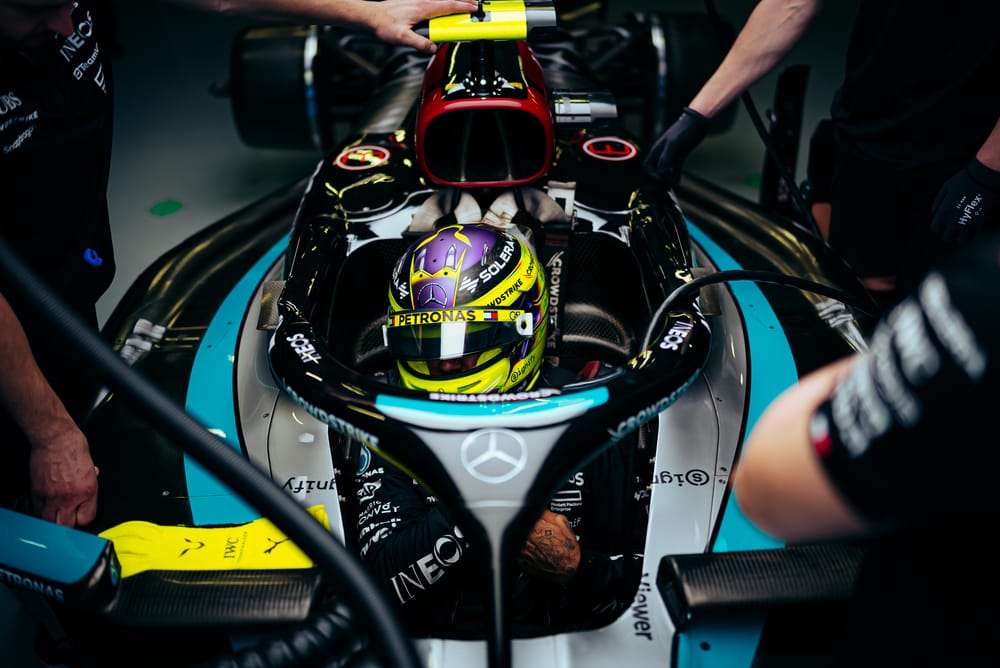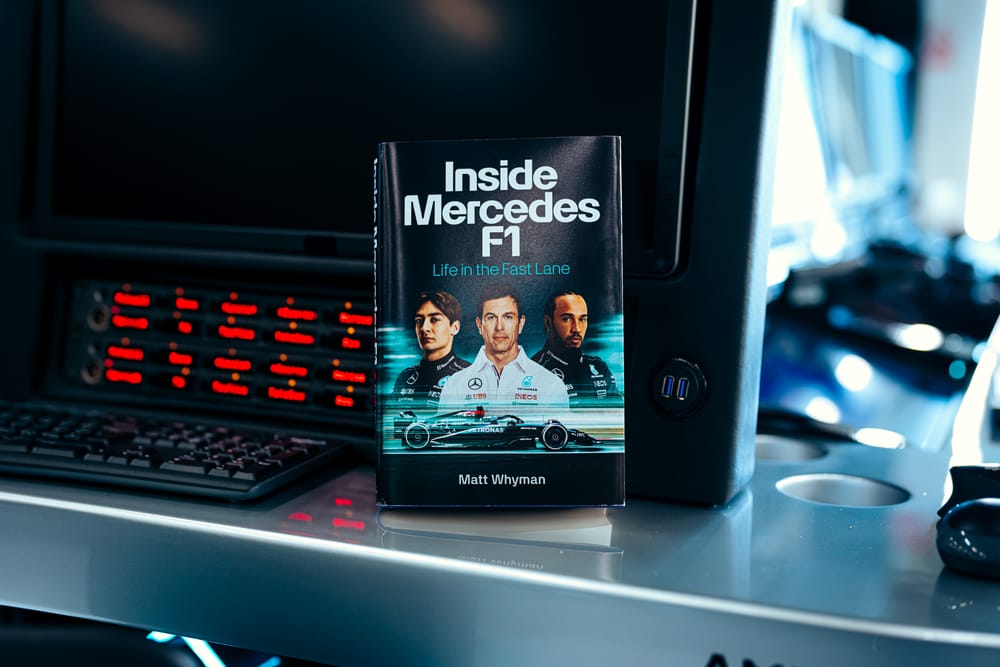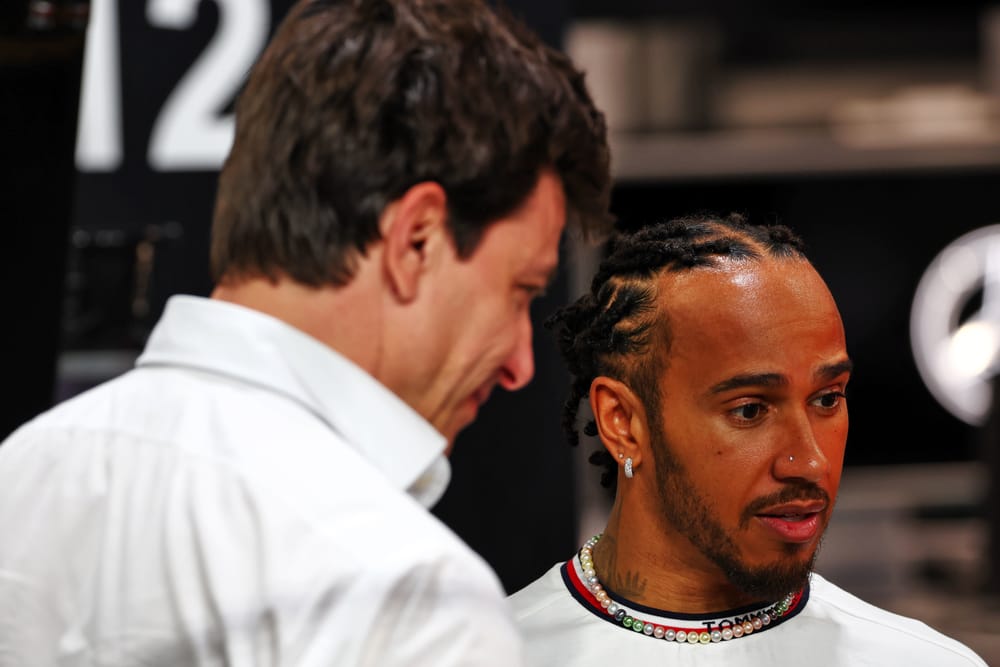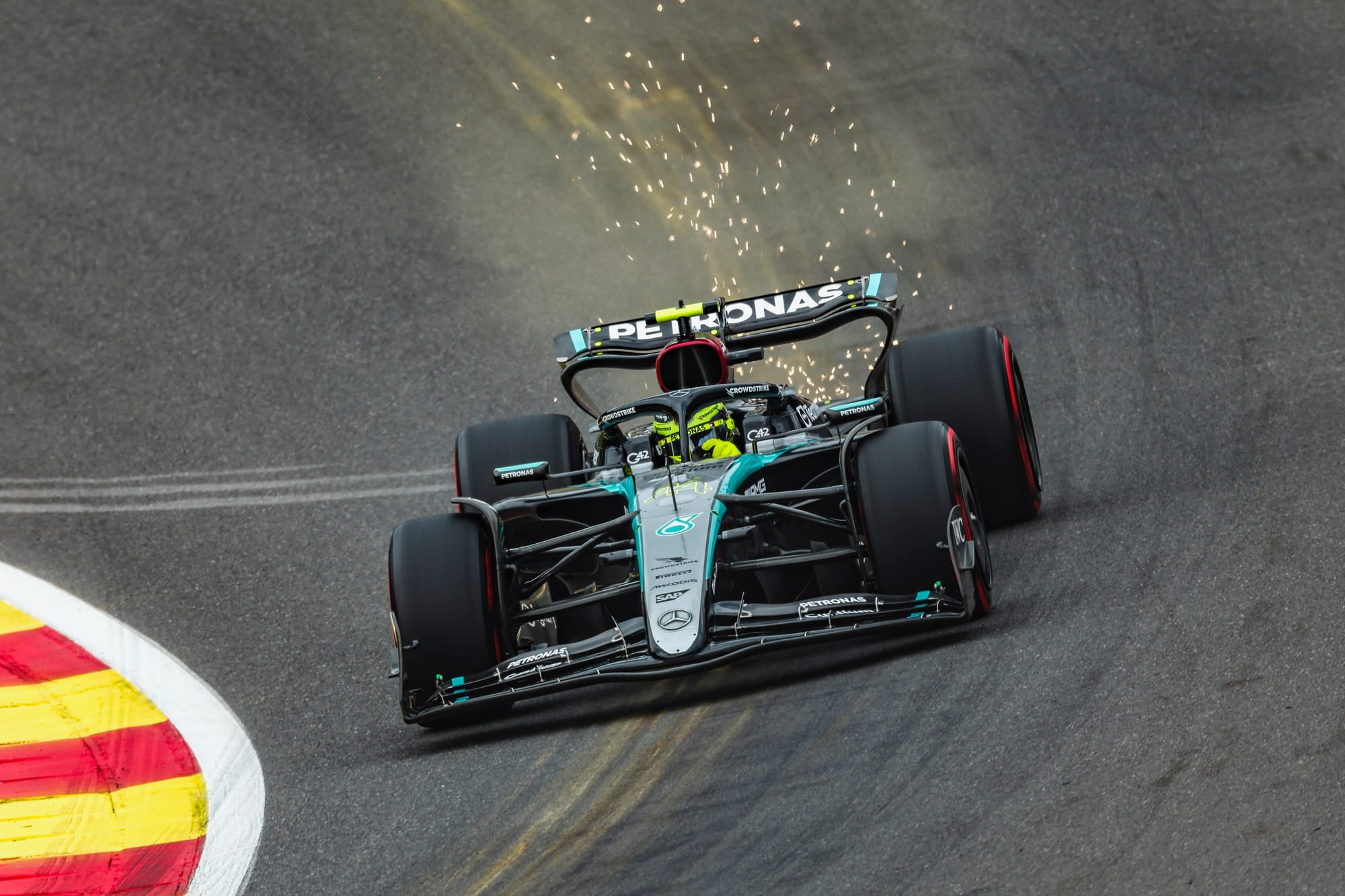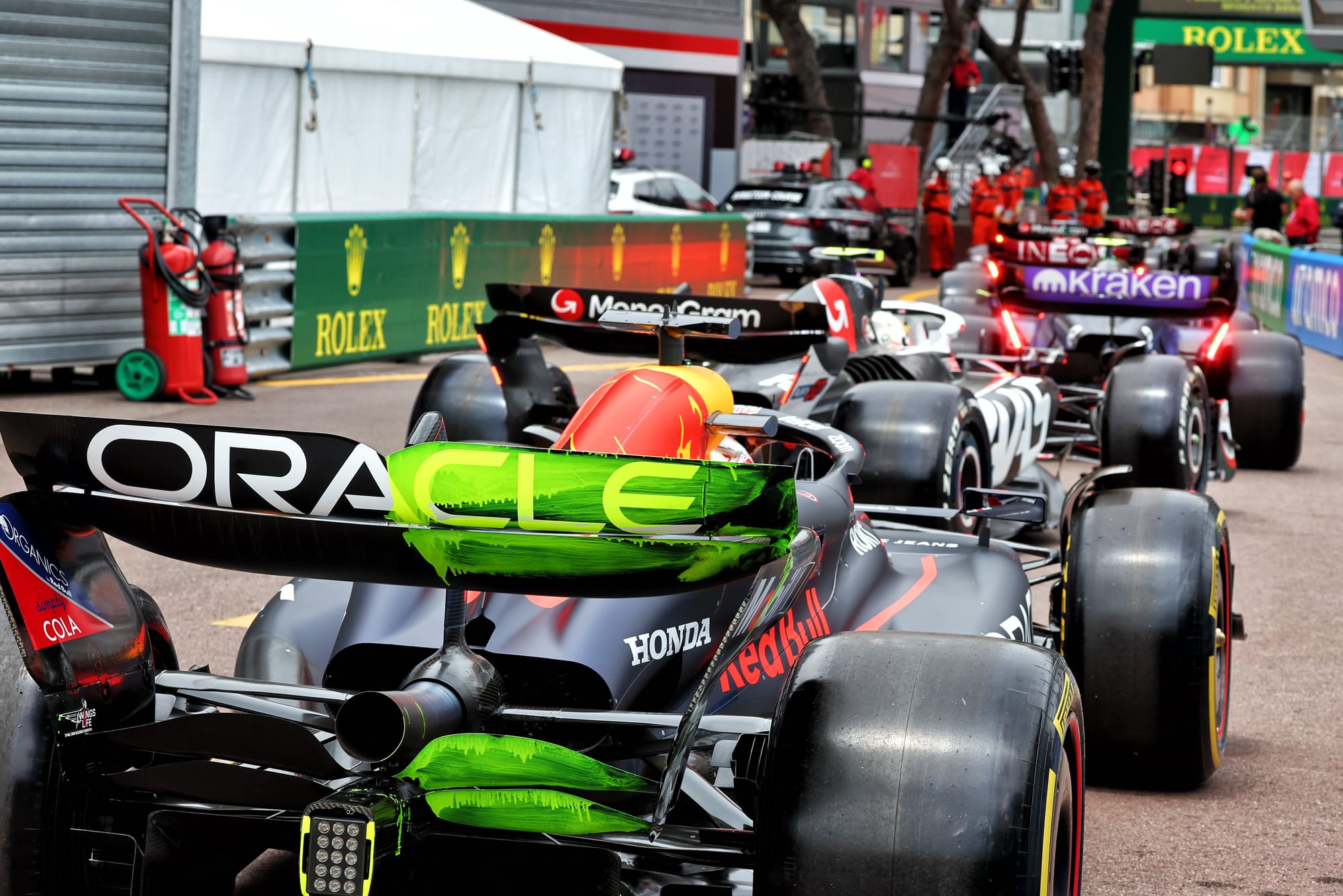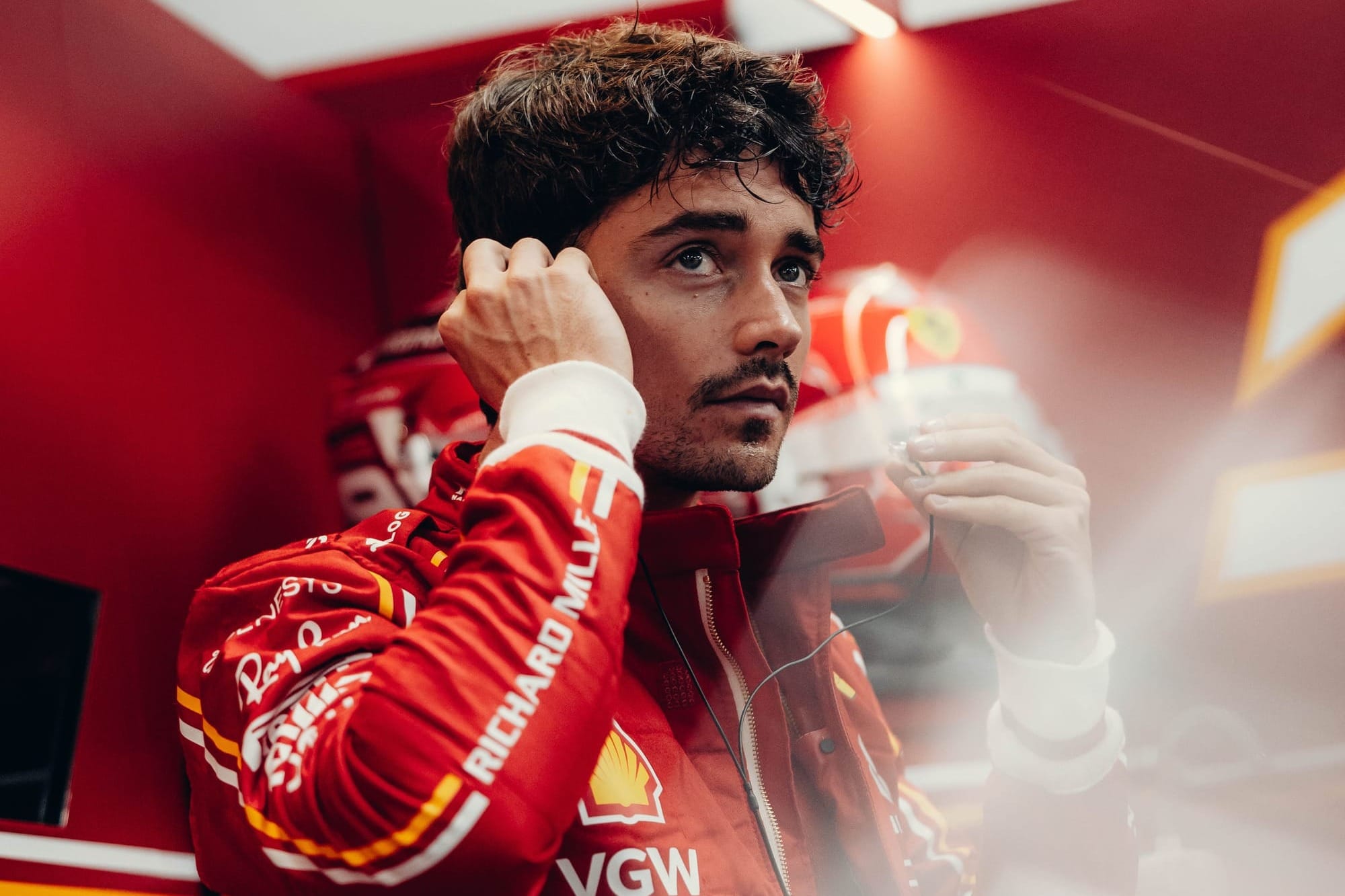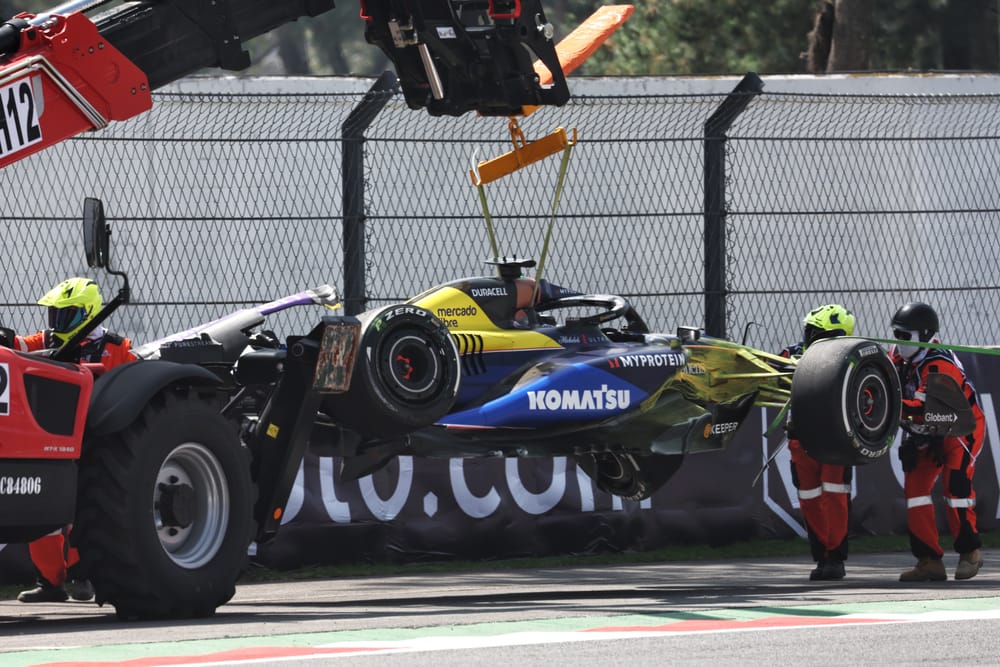Up Next

The end of the 2024 Formula 1 season can't come soon enough for Lewis Hamilton, who has cut an increasingly dejected figure over the final races of the year.
During the middle phase of 2024, it seemed Hamilton's farewell to Mercedes after 12 seasons might be a good one. The Silver Arrows returned to winning ways and, although there was no chance of an eighth world championship, regular victories seemed possible in the second half of the year.
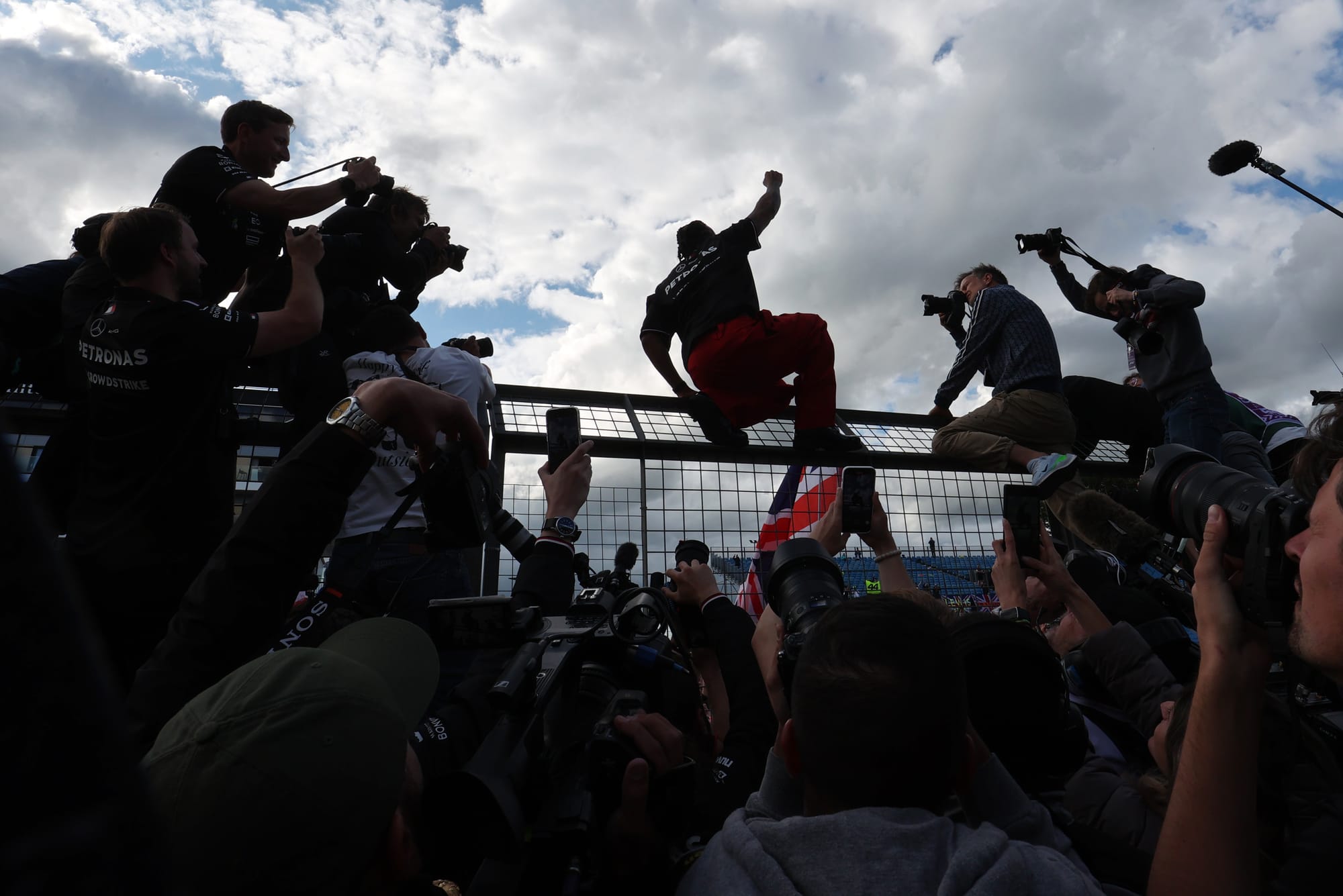
Hamilton ended his two-and-a-half-year win drought with that emotional triumph in the British Grand Prix, followed three weeks later by inheriting victory in Belgium after team-mate George Russell was excluded for his car being underweight.
This was during a run of three wins in four events for Mercedes, kickstarted by Russell's Austria victory. And although some of those results were assisted by good fortune, it did seem Mercedes had finally cracked the code of F1's ground effect cars that previously eluded it.
But form has taken a downturn since and Hamilton has quite obviously struggled again.
Unusually for him, qualifying has been a challenge all season. In the seven grands prix since the summer break, he's started 14th or lower four times, with his best finish a fourth place in Mexico. Hamilton describes this run as "devastating".
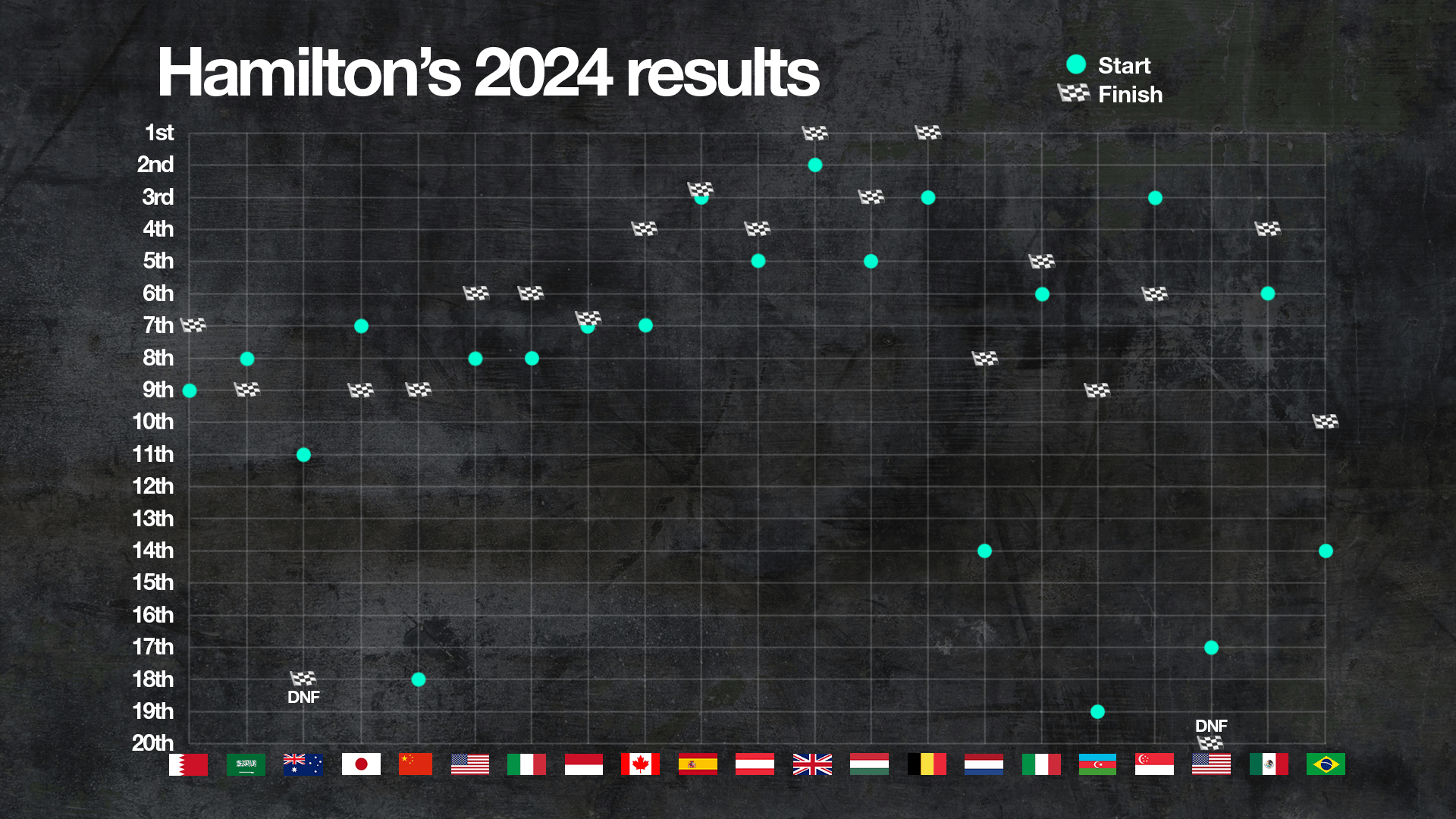
You can't blame Hamilton for being despondent and eagerly awaiting the end of the year. After all, it would only be human to be looking ahead to his next challenge given there's nothing left to fight for at Mercedes.
But with team-mate George Russell able to run at the front in Brazil, finishing fourth after leading the first stint, it's clear that Hamilton's having a tougher time. The question is, why?
Reaching his shelf-life?
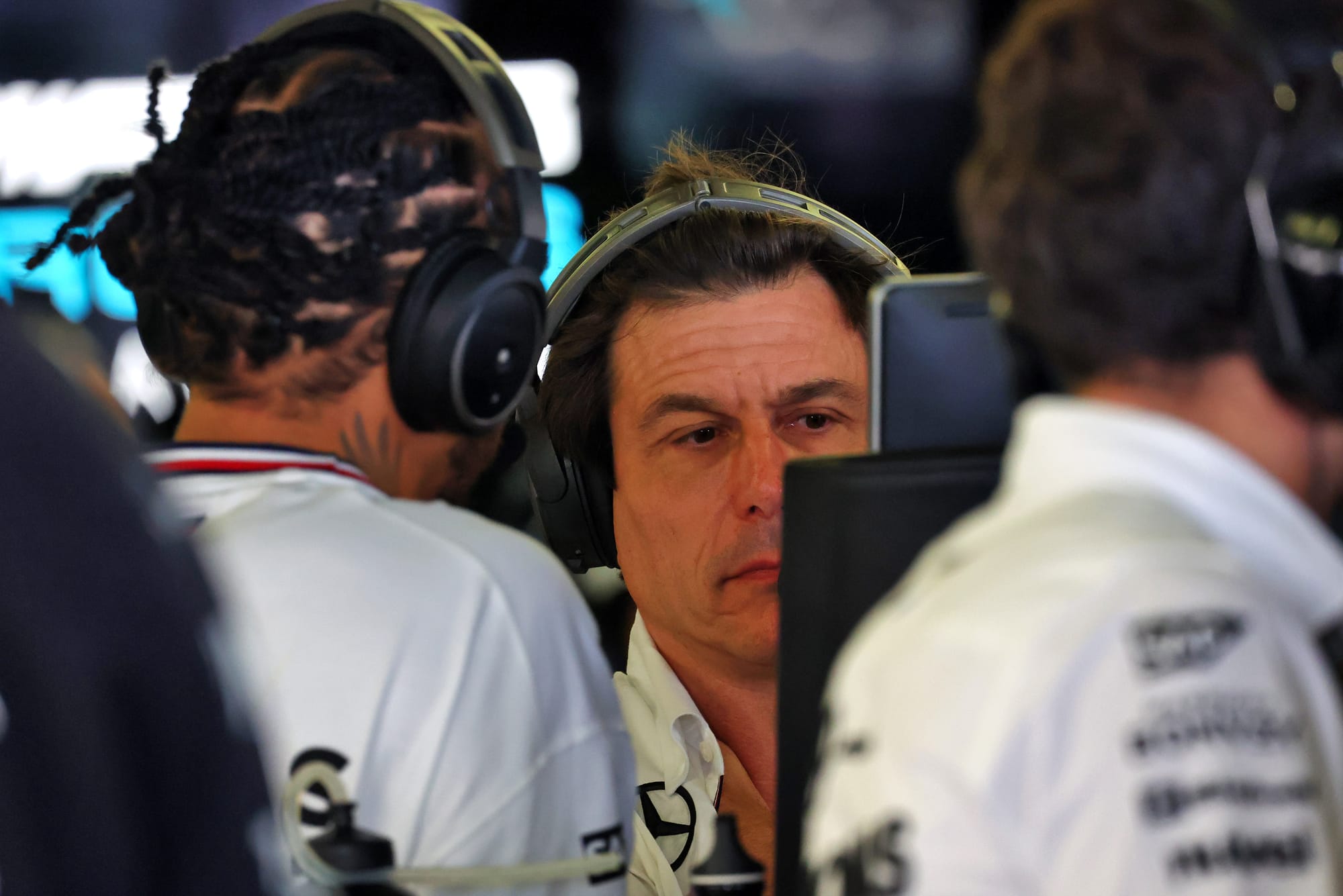
The easily reachable answer would be to suggest that 39-year-old Hamilton has simply reached his F1 expiry date.
A theory not helped by Mercedes team boss Toto Wolff causing a stir with comments in a recently published book Inside Mercedes F1 - when he admitted that, even before Hamilton decided to leave for Ferrari, he was wary of his “shelf life” and the possibility he might need to be awkwardly eased out at some point soon.
"We’re in a sport where cognitive sharpness is extremely important, and I believe everyone has a shelf life. So I need to look at the next generation.”
But even Mercedes and Wolff don't think Hamilton is at that stage now.
He hasn't suddenly gone off the boil in 2024, though it still remains the case that Hamilton has performed less impressively over the past three seasons against Russell - particularly over a single lap in qualifying - than when he was winning regular world championships in the pre-ground effect era.
And with Russell able to run at the front in Brazil, finishing fourth after leading the first stint, it’s clear that Hamilton’s having a much tougher time extracting performance from the same car as his current Mercedes team-mate.
DIFFERENCES IN THE TWO CARS?
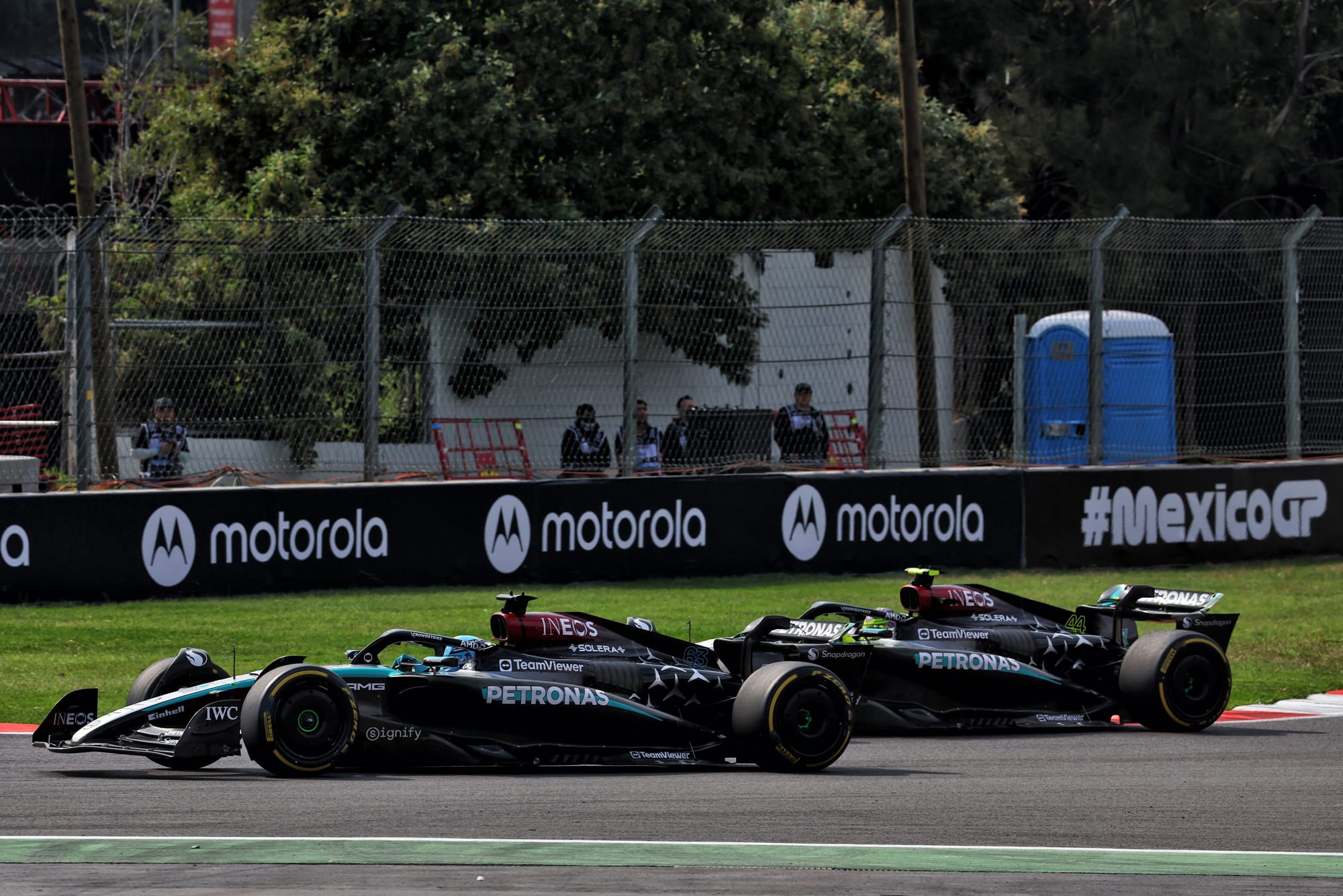
The Mercedes W15 is a difficult car. When it's good, it's genuinely fast and at times one or both of the Mercedes drivers is delighted with its performance.
Take Hamilton on Friday at Austin. Although a yellow flag and a slight loss of control under braking ruined his sprint qualifying lap, he felt the upgrade package - including modifications to the floor - was working well.
Subsequently, he was less positive about the upgrade. And this sums up the problems Mercedes is facing: an inconsistent, erratic car that one minute gives the drivers confidence and the next spits them off the road.
The upgrades introduced in the second half of the year, including a floor that ran in practice at Spa, was then taken off after Friday before returning with inconclusive results thereafter, typified that.
The team believes it did represent a small gain, but with the fluctuating performance, it is difficult to be certain of anything. Mercedes has never fully got to the bottom of why its car is so sensitive and capricious.
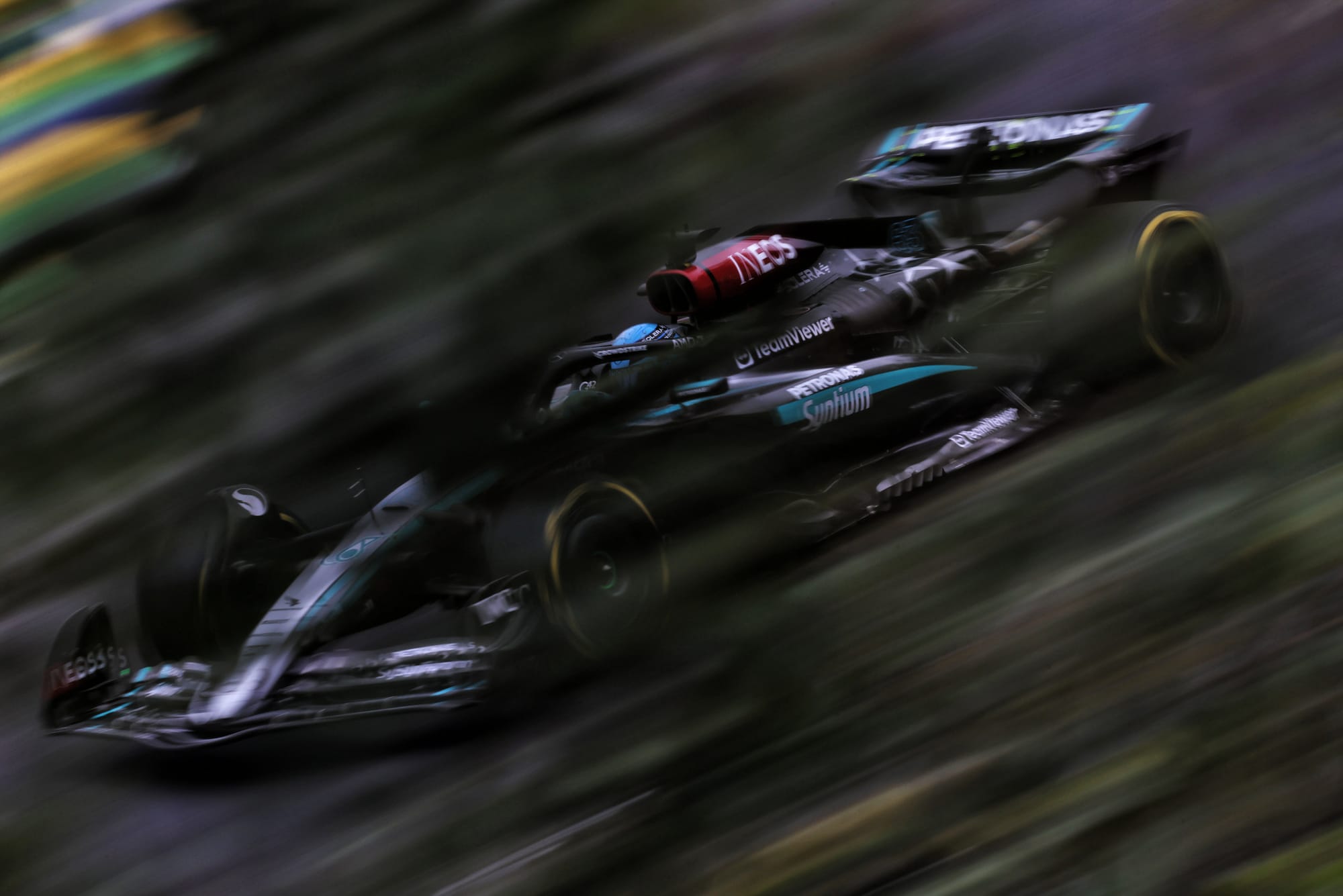
It's not just Hamilton who is experiencing these problems. In Brazil, Russell described the performance of the Mercedes W15 as the most inconsistent the team has had - which is saying a lot given how much it has struggled since the introduction of the ground effect regulations in 2022.
The Mercedes is, to invoke and modify a phrase often used by Toto Wolff in the past, a bit of a diva.
Hamilton has worked to extract more from the 2024 car, often making set-up changes in search of improvements. Mercedes trackside engineering director Andrew Shovlin says the drivers are free to evolve their own set-ups, and there have perhaps been times when Hamilton has searched too hard and gone the wrong way - especially as even small changes can knock the car in and out of the window or promote problems like the bouncing he complained of at Interlagos.
However, in Brazil it was also a lack of rear grip Hamilton battled - which was also a problem in Mexico. According to Shovlin, this was not caused by anything obvious in the set-up.
Add to that the challenge of the tyres, with Hamilton often pushing them too hard in qualifying and struggling for grip as a result. The Pirellis need to be managed over a single lap and that increases the chances of handling struggles.
Hamilton also hinted at a difference in the quality of the equipment at Mercedes, echoing sentiments he expressed earlier in the season that fanned the flames of various baseless conspiracy theories doing the rounds. He described one of the cars as "working a lot better" than the other in Brazil.
When he's made such comments, it's usually been in reference to performance disappearing in qualifying. But so far there's nothing tangible to go on to explain any offset between the cars, and it would be bizarre behaviour for Mercedes not to do everything it can to get the best out of both drivers.
The bottom line is that the Mercedes is a very tricky car to get the most out of even when it does have the potential to be quick.
And after three seasons wasted grappling with those problems, it's no surprise that Hamilton is frustrated and looking ahead to new challenges by way of motivation.
THE LURE OF FERRARI
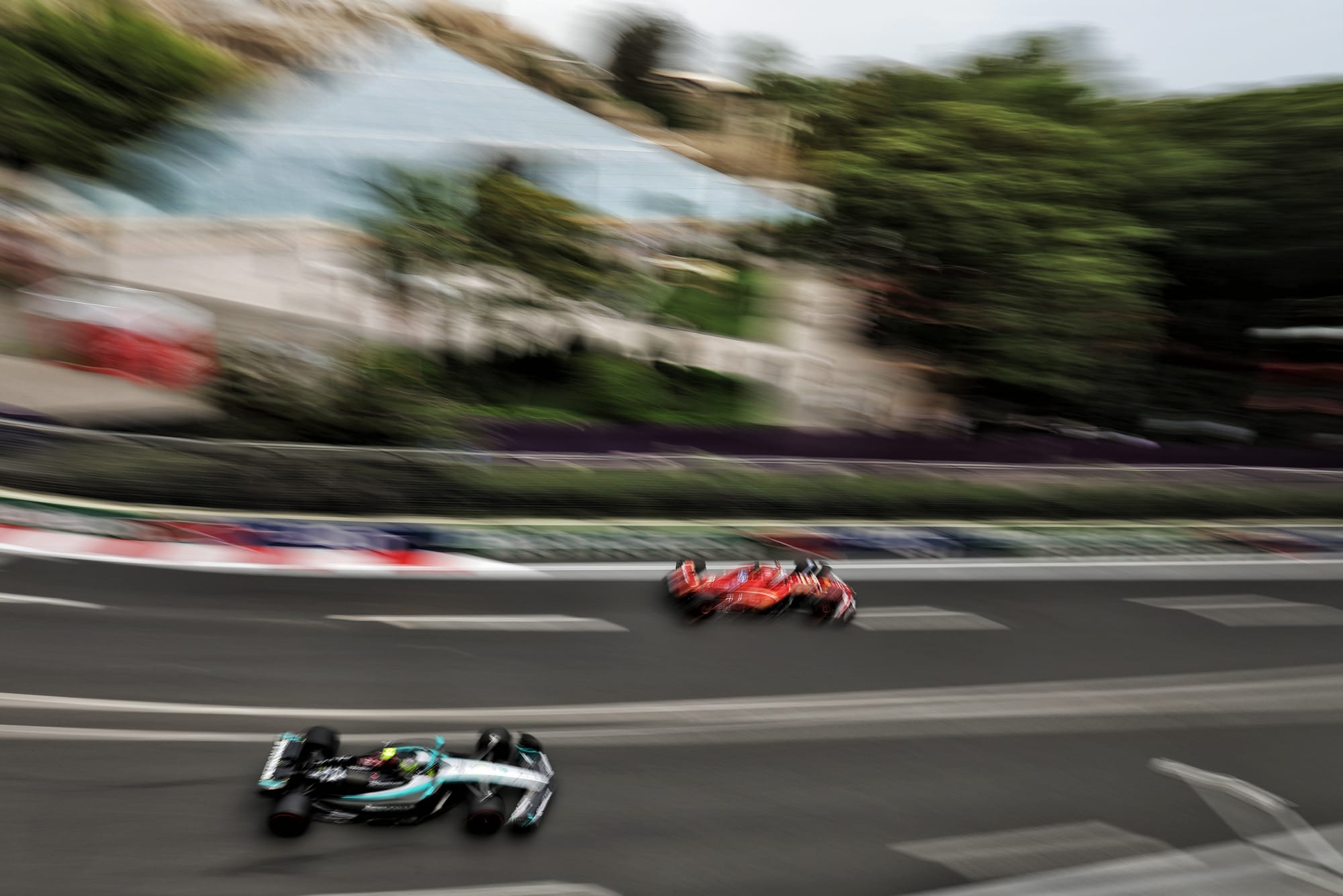
It would be unfair to assume Hamilton has checked out towards the end of his final Mercedes season because his Ferrari move is around the corner. Were the Mercedes a stronger car right now, doubtless he would be like the Hamilton of old once he gets the sniff of fighting for another win.
As he admits, there's little to play for in 2024 given Mercedes is a lonely fourth in the constructors' championship. Unlike Russell, he won't be there to benefit from any progress made now that it feeds into 2025, and he admits the fight to finish ahead of his team-mate in the championship standings - one he's currently winning - holds no meaning for him even though only two points separate the duo.
"I don’t care if I finish ahead of George or behind George," Hamilton said in Brazil. "It doesn't make that big a difference."
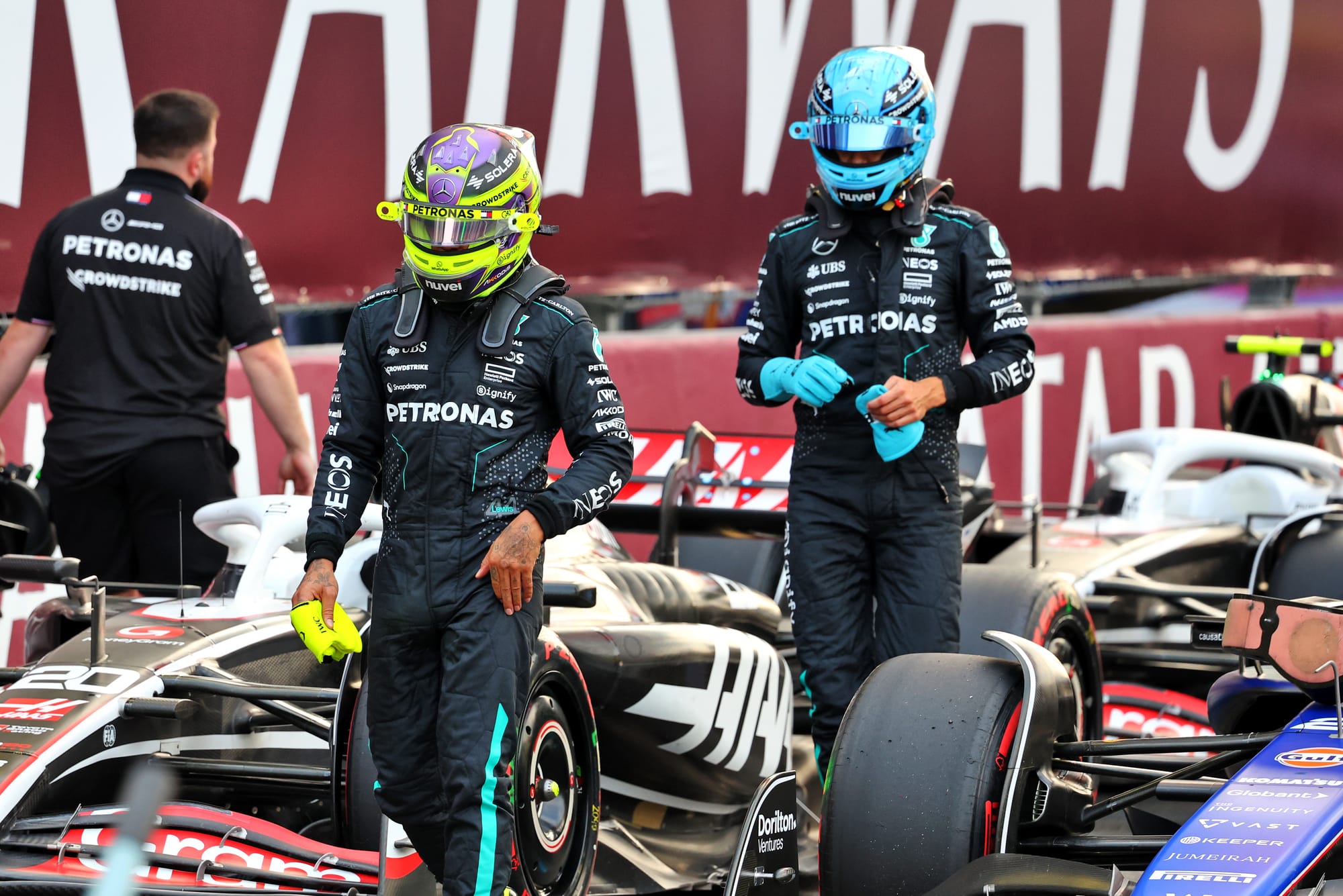
To co-opt American election terminology, Hamilton is now a lame duck driver. He's elected to move elsewhere and is just playing out time at Mercedes without anything to fight for.
Privately he must be delighted to see the progress his new team for 2025 is making. While he's far too professional to admit that, and he's keen to try to finish well with Mercedes, he's understandably keeping a close eye on Ferrari's gains.
Hamilton's demeanour is one of a man who is just counting time before the next challenge. That perhaps proves he made the right decision to make the move away from Mercedes next year.
No matter how low he is at the end of 2024, the fresh environment at Ferrari, the fight he faces with new team-mate Charles Leclerc, and fulfilling the long-held dream of racing for the Scuderia, will surely reinvigorate him.
At the very least, the summer question marks about whether Hamilton might fear he’s made the wrong decision by signing for Ferrari - questions we at The Race tackled at times - have been shot down emphatically.
MERCEDES' COST CAP STRUGGLES
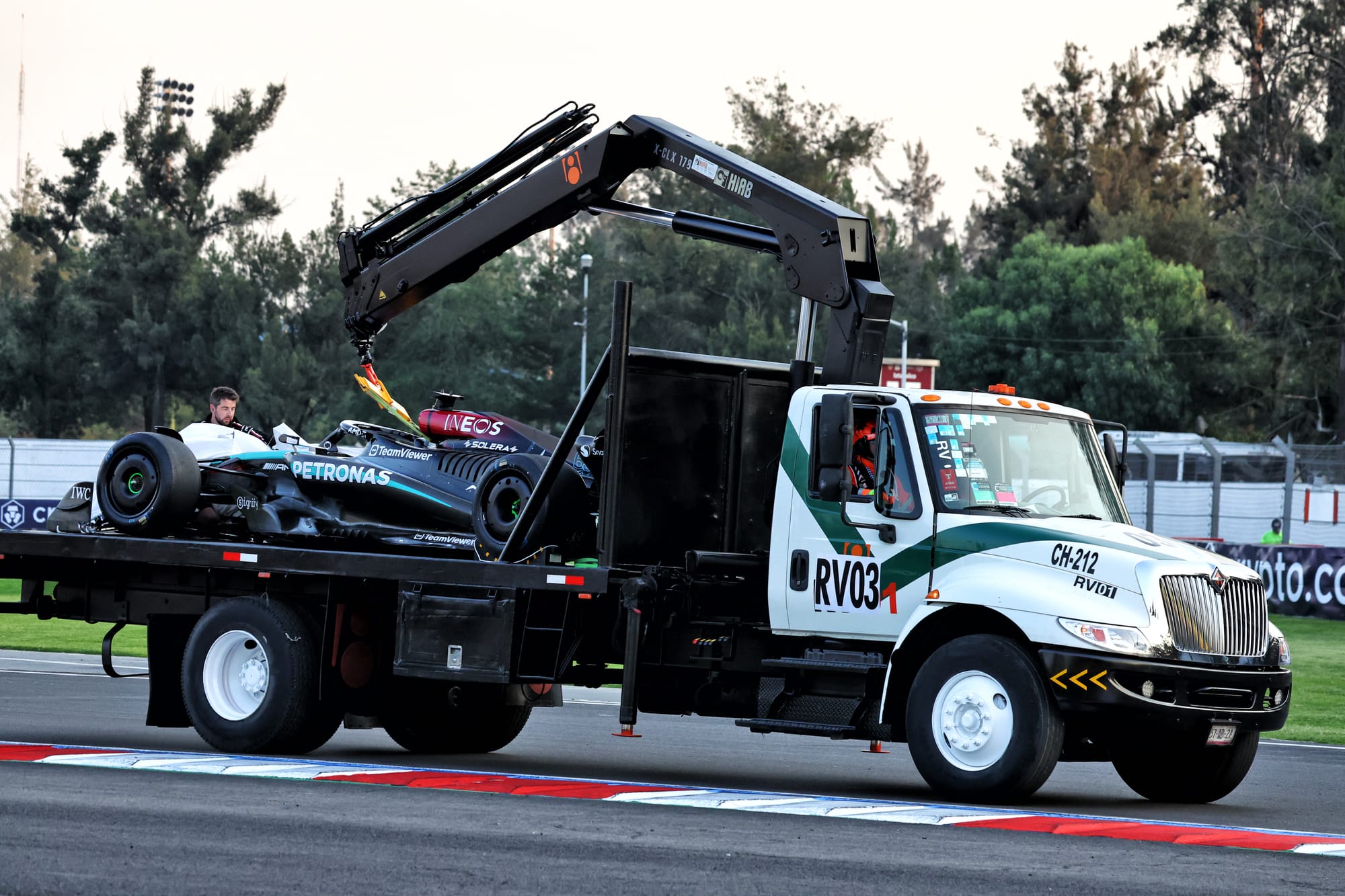
So what chance is there of a final flourish to Hamilton's Mercedes career?
Given the erratic form of the car, it's possible that one or more of Las Vegas, Qatar or Abu Dhabi could offer a shot of being in the mix. And as we've seen in fits and starts this season, Hamilton can still produce the magic that has taken him to seven world championships.
But even if Hamilton can get better in sync with the car and it's working well, Mercedes is in a difficult situation in terms of parts. That means both drivers could be working with either tired or repaired bodywork, and possibly even with mix-and-match specifications.
Crashes for Kimi Antonelli in FP1 at Monza, then Russell in qualifying in Austin and during FP2 in Mexico, have led to Mercedes suffering what team boss Wolff calls a 'tremendous' cost cap hit.
Russell's FP2 shunt in Mexico was particularly problematic as it resulted in a chassis change and the introduction of a brand-new monocoque.
Although that chassis obviously already existed and money had been spent on it, Mercedes could have avoided including it in its cost cap accounting for 2024 had it not been used - creating a saving of hundreds of thousands of dollars that could have been allocated elsewhere when it comes to the complex financial regulations paperwork.
This could make life difficult for Mercedes in the final triple-header, especially if there are more crashes. But at least in Brazil, the specifications of the two Mercedes cars were the same - and the floor Russell damaged in Austin was back in use after repairs.
Hamilton himself is just hoping for a car that works roughly as it should do, gives him confidence and doesn't fall in and out of a good operating window. He may have one eye on his Ferrari future but, after 12 years at Mercedes, he'll want a good sendoff.
Unfortunately for both driver and team, with little time to make changes to the car, it may be that the short mid-season peak was as good as Hamilton's Mercedes farewell will get.

